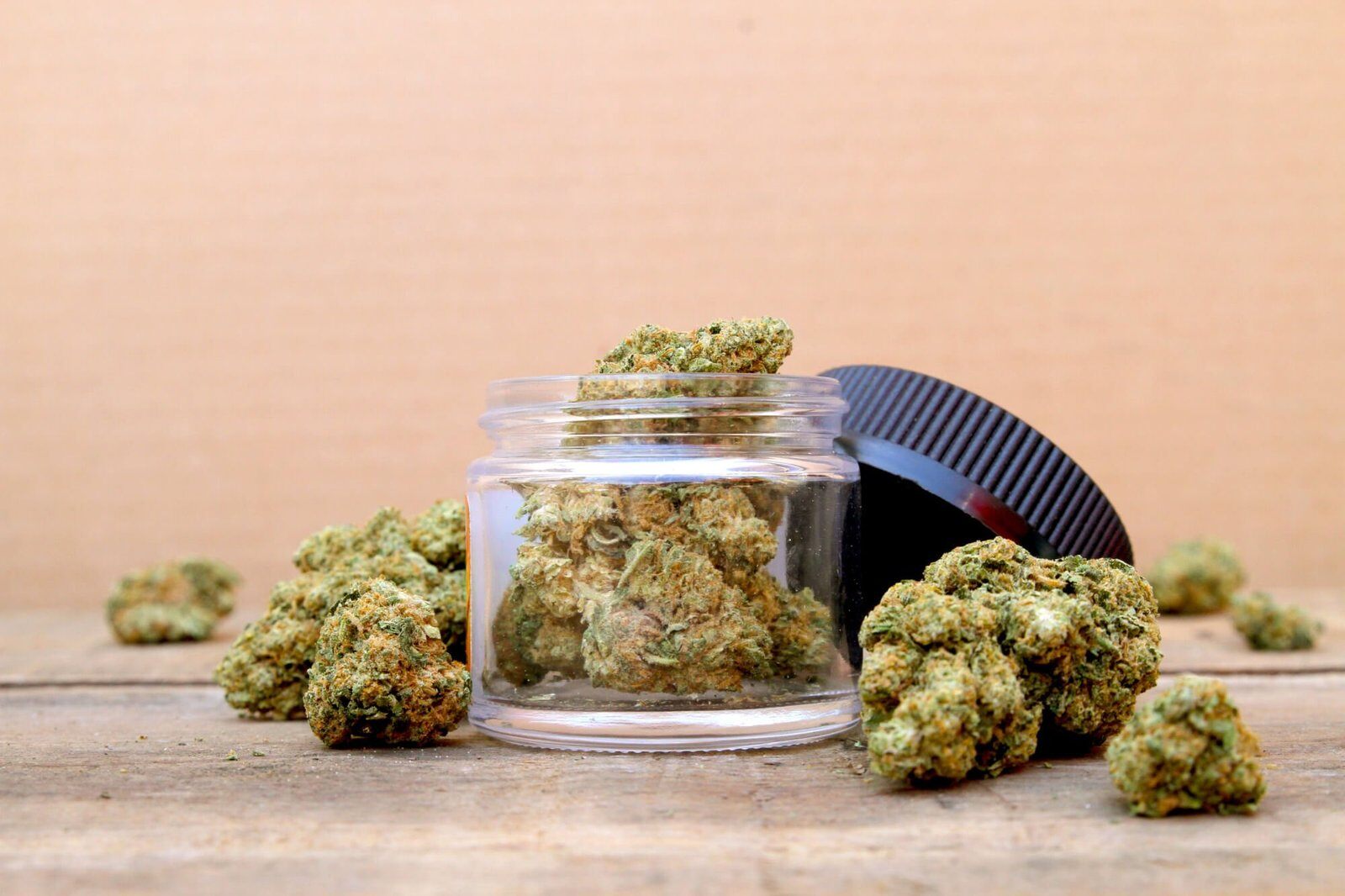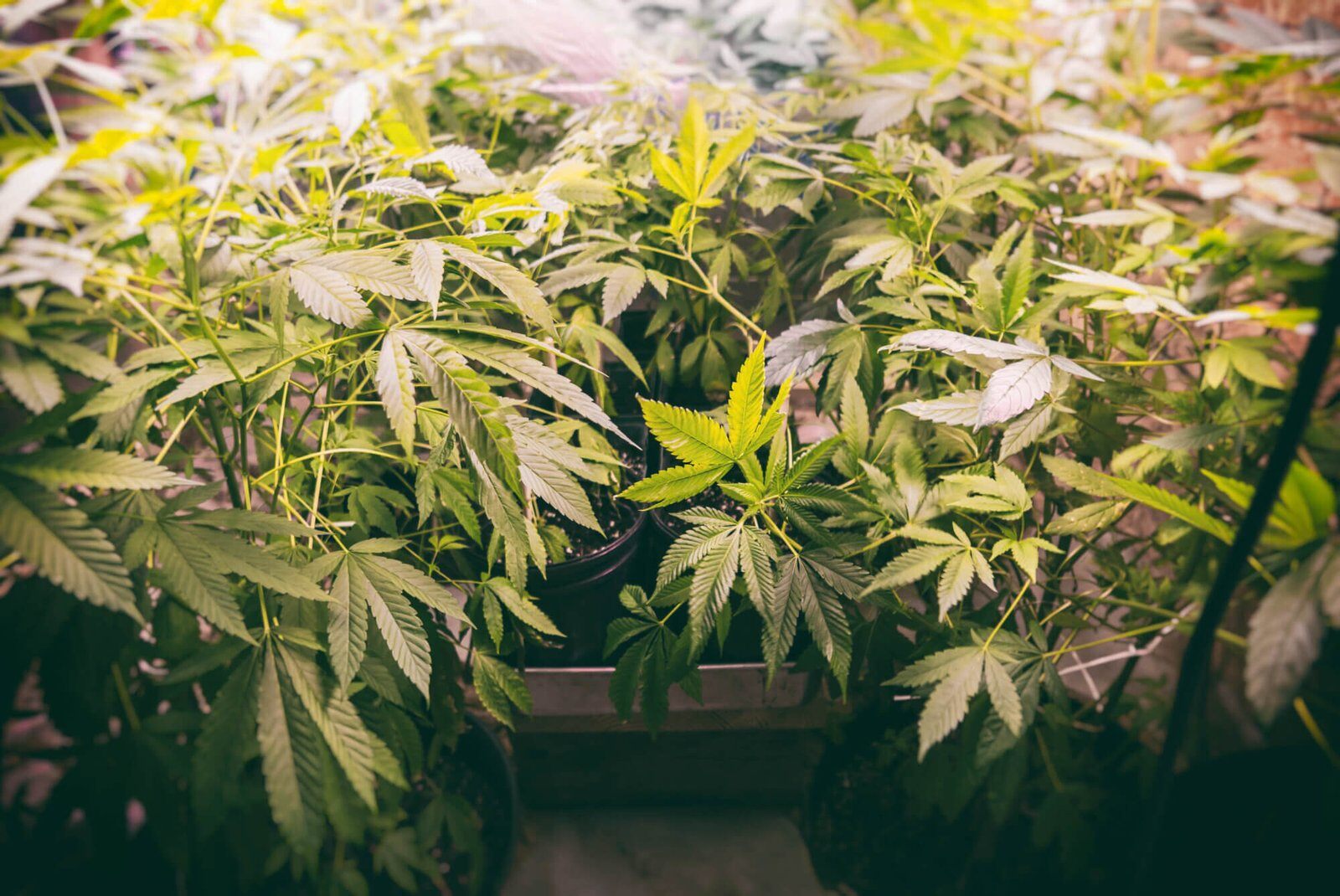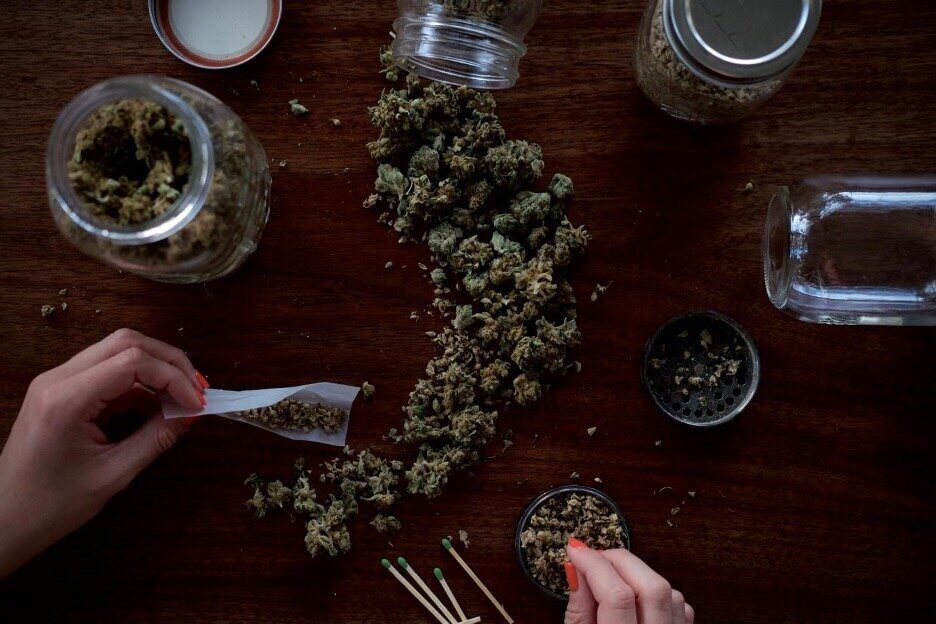7 min read
Different Kinds of Marijuana: Indica vs Sativa vs Hybrid
Did you know that people have been using cannabis for more than 5,000 years? Back then, marijuana was often used in folk medicine. Today,...
7 min read
Erick Kaufman : Mar 18, 2022 12:00:00 AM

Our acceptance of marijuana continues to grow. As of now, the majority of Americans support legal medical and recreational cannabis use. As of now, marijuana is only legal in select states for medical and/or recreational purposes.
Do you live in an area where marijuana is legal? Do you qualify for medical marijuana? If so, you’re probably eager to try this form of healing. When shopping for cannabis, you’ll see terms such as Indica, Sativa, and Hybrid. If you’re new to cannabis, these terms may confuse you.
Here’s our Indica vs Sativa vs Hybrid guide and how to choose the best strain.
Sativa strains give what is called a “head high.” They increase focus and energy, making them a popular choice for social and creative situations. Most users prefer the enhanced creativity and mood-boosting qualities of Sativa strains, making them some of the most popular strains in the cannabis industry.
However, Sativa strains typically cause side effects such as insomnia and rapid heartbeat.
Cannabis Sativa strains originated in Eastern Asia. As such, they grow best in areas of high humidity and warm weather. In addition to Eastern Asia, you’ll find Cannabis Sativa strains in South and Central America.
Sativa strains differ in appearance from Indica strains. You can identify a Sativa strain because they’re slender and tall with skinny leaves. These plants also have a distinguishing light green color.
Because these strains give a “head high,” they’re favored by creatives who tend to lose focus. While it’s not scientifically proven, users with ADHD/ADD state that Sativa strains ease their symptoms and improve their focus.
Users who struggle with stress may experience different effects when taking Sativa strains. Because of the energy boost and improved focus, some users state that Sativa strains lower stress. However, because of the “head high,” some users may experience overthinking which can worsen stress.
There are a plethora of Sativa strains that are favored by both medical and recreational users. Some of these strains include:
Keep in mind, all dispensaries will carry different strains. Fortunately, there are more Sativa strains than these, and every dispensary has a wide selection of Sativa and Sativa-dominant strains for you to choose from.
If you would rather experience a head high over a body high, then you should choose Sativa strains. Sativa strains also come with more benefits, which include:
Keep in mind, many of these claims aren’t backed by research and are purely based on the experiences of medical marijuana patients. For example, patients with depression state that Sativa strains boost their mood.
However, science doesn’t have to back all of these effects. For example, we all know that munchies are one of the best marijuana side effects. Cannabis increases your appetite and makes food taste better. While nearly any type of strain causes these effects, you experience these effects most frequently when using Sativa strains.
However, an Indica strain may benefit some of these effects more. If you suffer from migraines regularly, you may want to consider an Indica strain if you’re struggling to sleep. Keep in mind, these benefits go beyond the type of strain. High-CBD medical strains may be better for your needs than high-THC strains.
Unlike Sativa strains, Indica strains give what is called a “body high.” Most Indica strains relax the mind and body to the point where all you want to do is chill on the couch or bed. This sensation is often called “couch lock.” Because of the relaxing effects, most people use Indica strains at night.
As you can expect, drowsiness is one of the most common effects that Indica strains produce. But this makes this strain ideal for those who struggle to sleep or suffer from stress.
Indica strains first originated in the Middle East. Unlike Sativas, Indica strains thrive in dry climates. The plants are on the bushy side and are shorter than Sativas. They have dark green or purple leaves.
There’s one word to describe the feeling of using Indica strains: peaceful. Your mind and body are at ease and nothing else matters except you and the comfy couch or bed. There are studies that show Indica strains increase dopamine levels more than other strains, which is why it has such powerful relaxing effects.
As you can see, Indica strains are superior to Sativa strains in reducing anxiety. While there aren’t many studies confirming this, medical marijuana users with anxiety flock to different Indica strains to melt their stress away.
There are other studies that support Indica’s medical effects. Let’s take pain management as an example. In a study, participants preferred using Indica strains to reduce their pain over Sativa strains. While Sativa strains can also reduce nausea, Indica strains also offer these same benefits.
As with Sativa strains, you have plenty of Indica strain options. Some of the most popular ones include:
Again, all dispensaries will have a different strain selection. If the dispensary doesn’t have any of these strains available, ask for another recommendation.
If you prefer the idea of a head high over a body high, you’ll prefer using Indica strains over Sativa strains. Indica strains do come with additional benefits, such as:
As you can see, Indica and Sativa strains offer many of the same benefits for certain conditions. If you’re looking for a strain that will relieve body aches, insomnia, and anxiety, you should choose an Indica strain.
You should also consider other aspects of the Indica strain you use and the effects you want. For example, Indica strains are popular for medical use and more cultivators are breeding strains with higher CBD levels. If you want stronger healing properties as opposed to stronger psychoactive effects, ask your dispensary about strains in this category.
Do both Indica and Sativa strains appeal to you? If so, you should consider a Hybrid strain. As the name suggests, Hybrid strains are a combination of Indica and Sativa strains.
Technically, every strain is a Hybrid strain. Most cannabis strains are a cross of two different strains, though some strains form by crossing three or more strains.
Crossing strains results in highly complex strains with both Sativa and Indica properties. The Indica and Sativa strains you see today are usually Indica-dominant or Sativa-dominant, meaning the strain itself has more than 50% of properties pertaining to one strain type over another.
Most Hybrid strains are a perfect 50:50. They produce both a head and body high, so you get the best of both worlds. However, the exact effects you experience depend on the parent strains, which makes all Hybrid strains different. They’re also the most versatile, and just about all users can find a Hybrid strain that will suit their needs.
As stated previously, all Hybrid strains are different. Since they’re bred by combining multiple cannabis strains, the healing opportunities are endless.
Some Hybrid strains are best for treating mental issues, such as stress, while others may be better at treating physical issues such as nausea. As a medical marijuana patient, it’s best that you understand your needs for using cannabis and the type of effects you prefer.
Once you know your general needs and preferences, you can ask your budtender for advice on which Hybrid strain will work best for you.
What if you order your cannabis online and don’t speak directly to a budtender? If you’re not sure which Hybrid strains to try, you can start by researching these popular Hybrid strains:
Certain strains, such as Trainwreck, are best if you want a strain that gives you more energy without an intense head high. Other strains such as Fire OG and Blue Dream have euphoric properties and are best if life is getting you down. If you need physical healing, strains such as Pineapple Express, OG Kush, AK-47, and White Widow are popular for pain and inflammation.
Hybrid strains will work for nearly all medical marijuana users. There are a plethora of Hybrid strain options and you can likely find one that suits your needs. Even if you don’t want to use a Hybrid strain for medical needs, these strains offer both energizing and relaxing effects that will appeal to nearly all cannabis users.
As stated previously, all cannabis strains are intricate. While Indica and Sativa strains have similar effects, there are a variety of factors found in the individual plant that can determine the way particular strains work for patients. Here are some additional factors to keep in mind when buying cannabis strains.
The Entourage Effect is a concept that was popularized by the CBD movement. However, these benefits also extend to medical marijuana.
There are over 400 chemical compounds in the cannabis plant, which are commonly called “cannabinoids.” Every cannabis strain has a unique chemical structure and terpene profile (which we will discuss next). When the cannabinoids work together, the effects become stronger and more enjoyable.
While THC is a key cannabinoid, you should also find cannabis strains with CBD to achieve more healing. There are also a variety of non-psychoactive cannabinoids that can also help you mentally and physically. While you don’t need to memorize all of these cannabinoids, it is worth it to seek out cannabinoid-rich strains.
One of the many reasons why users love cannabis is the distinguishable taste and smell. Terpenes are responsible for those individualistic qualities that give a strain a specific smell and taste. Terpenes are compounds found in all plants. They produce aromatic compounds, which makes them more enticing to users.
There are hundreds of terpenes, but most cannabis strains have one or more of these terpenes:
These terpenes can give a strain a specific scent and flavor profile that varies between sweet, fruity, earthy, sour, spicy, and herbal. The strains with higher and more complex terpene profiles are the most fragrant and flavorful.
In addition, the terpene profile also influences the effects that one strain will provide. For example, linalool is a sweet-scented terpene most commonly found in the lavender plant. It makes the user feel relaxed, which is why it’s commonly found in Indica and Indica-dominant strains.
On the contrary, caryophyllene is a spicy terpene most commonly found in black pepper. It’s most famous for its pain-relieving effects.
Every cannabis strain comes with side effects and most of these effects are the same throughout all strains. Expect these side effects when using cannabis:
In addition, smoking and vaping marijuana can cause effects on the lungs. Marijuana edibles, such as cookies, brownies, and gummies, may contain excessive calories and sugar that can cause weight gain. Digesting marijuana also results in stronger effects.
Specific strain types do come with their own side effects. For example, you’ll likely experience anxiety and increased heart rate from using Sativas over Indicas. However, dizziness and lethargy are more common with Indica strains.
If you’re new to medical marijuana, knowing the differences between Indica vs Sativa vs Hybrid can be daunting. Hopefully, this guide helped you make the best decisions in your medical marijuana healing.
Are you interested in trying medical marijuana? Most states require you to acquire a medical marijuana card. Don’t worry, we can help you acquire a medical marijuana card. We work within a variety of states and we can match you to a qualified physician. All of this is done online for your convenience.
Are you ready to start? Sign up today!

7 min read
Did you know that people have been using cannabis for more than 5,000 years? Back then, marijuana was often used in folk medicine. Today,...

4 min read
Medical marijuana is becoming more common in Oklahoma. As of now, there are over 313,000 medical marijuana patients in the state. But is buying...

3 min read
Cannabis use has been on a steady rise in the United States. If we look back to 2013, legalizing marijuana in the US was not an easy step....